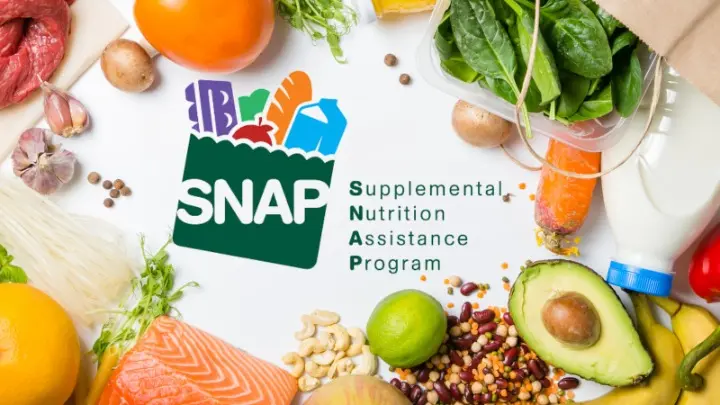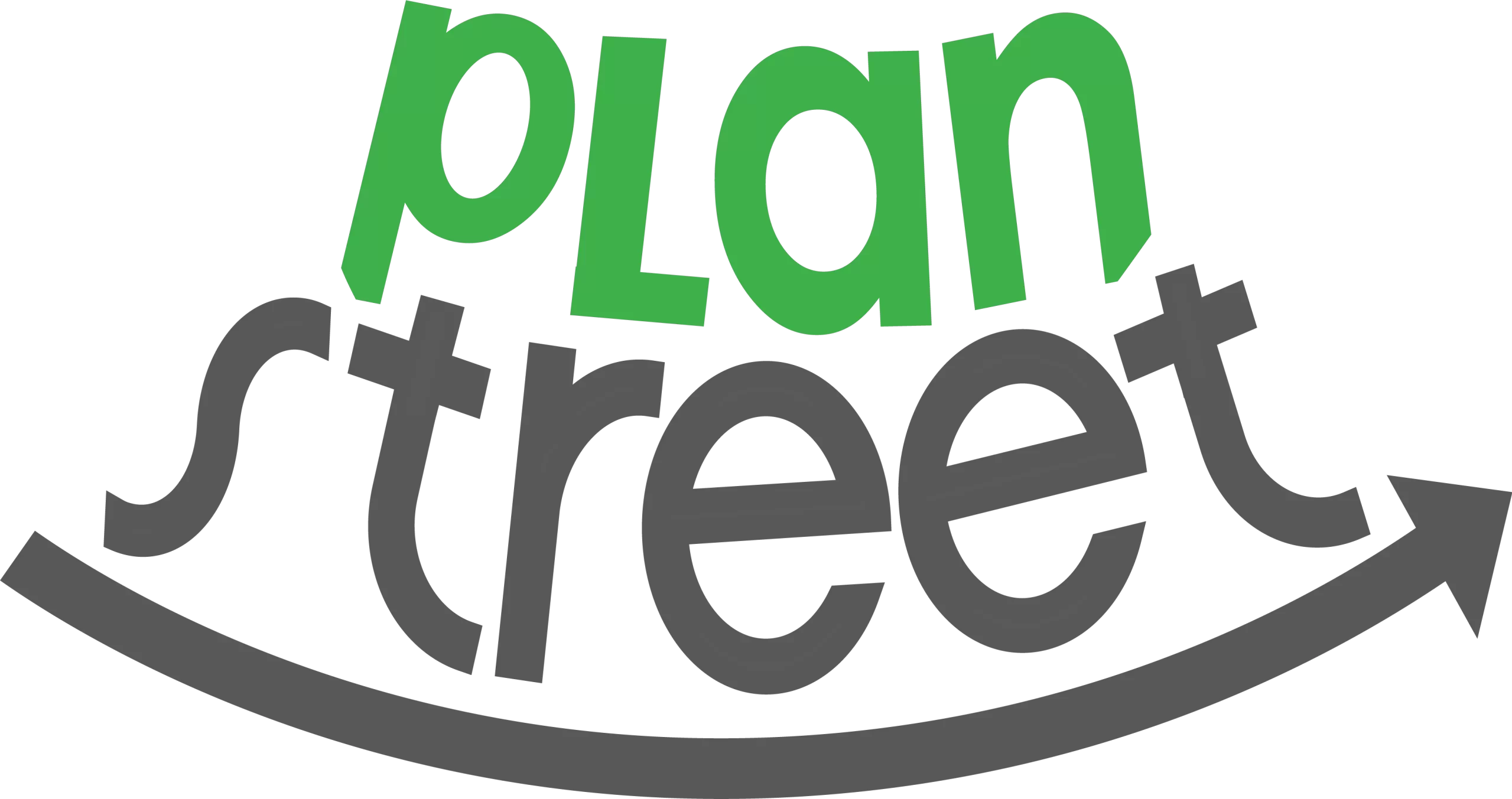SNAP Food Benefits for Food Security

SNAP, or Supplemental Nutritional Assistance Program, provides food benefits to low-income families by supplementing their grocery budgets so that they can afford nutritious food essential to health and well-being.
What is SNAP program?
The Supplemental Nutrition Assistance Program (SNAP), formerly Food Stamps, is the most extensive federal nutrition assistance program. SNAP benefits eligible low-income individuals and families via an Electronic Benefits Transfer card, which can be used like a debit card to purchase eligible food in authorized retail food stores.
Who is eligible for SNAP program?
To be eligible for this benefit program, applicants must live in the state where they apply and meet certain bank balance limits. A household with elderly (over 60) or disabled member may have a higher bank balance limit.
Most families and individuals who meet the program’s income guidelines are eligible for the Supplemental Nutrition Assistance Program. The size of a family’s SNAP benefit is based on its income and certain expenses. Read on to learn more about the benefit calculation rules in effect for the federal fiscal year 2024.
How to Find Out If You Can Get Help From SNAP
If you want help from SNAP, contact your local human services office. The staff will determine whether you qualify.
You can also contact your state human services agency if you have questions about your benefit or to update your information if one of the following applies, as it may increase your benefit:
- If you recently lost income or
- If you experienced a recent increase in certain expenses, or you think the state doesn’t know about these expenses: housing or childcare costs, child support payments,
- or if someone in your household aged 60 or older or has a disability has monthly medical expenses of $35 or more.
Determining Eligibility
Under federal rules, to be eligible for benefits, a household’s income and resources must meet three tests:
- Gross monthly income — household income before any of the program’s deductions is applied — must be at or below 130 percent of the poverty line. For a family of three, the poverty line used to calculate SNAP benefits in the federal fiscal year 2024 is $2,072 monthly.
- Thus, 130 percent of the poverty line for a three-person family is $2,694 a month, or about $32,328 a year. The poverty level is higher for more prominent families and lower for smaller families.
- Net income, or household income after deductions are applied, must be at or below the poverty line.
- Assets must fall below certain limits: households without a member aged 60 or older or with a disability must have assets of $2,750 or less, and households with such a member must have assets of $4,250 or less.
What counts as income?
SNAP counts cash income from all sources, including earned income (before payroll taxes are deducted) and unearned income, such as cash assistance, Social Security, unemployment insurance, and child support.
What counts as an asset?
Resources available to the household to purchase food, such as amounts in bank accounts, count as assets. Items inaccessible, such as the household’s home, personal property, and retirement savings, do not count. Most automobiles do not count. States can relax the asset limits, and most have done so.
Who is not eligible?
Some categories of people are not eligible for SNAP regardless of their income or assets, such as individuals who are on strike, all people without a documented immigration status, some students attending college more than half time, Certain immigrants who are lawfully present, and certain people with drug-related felony convictions in some states. Many adults aged 18 to 52 who do not have children in the home and have disabilities are limited to three months of SNAP benefits every three years in many areas of the country, and states have broad authority to extend work requirements to many other SNAP households.
Calculating Benefit Amounts
SNAP expects families receiving benefits to spend 30 percent of their net income on food. Families with no net income receive the maximum benefit, which is tied to USDA’s Thrifty Food Plan (TFP) cost. The TFP represents the cost of purchasing and preparing a nutritionally adequate diet, consistent with the Dietary Guidelines for Americans, for people in low-income households, assuming they take significant steps to stretch their food budget. In August 2021, USDA announced a long-overdue update to the TFP that raised SNAP benefits and has helped millions of families afford a healthy, nutritious diet.
For households with net income, the monthly SNAP benefit equals the maximum benefit for that household size minus the household’s expected contribution of 30 percent of its net income.
Example: Calculating a Household’s Monthly SNAP Benefits
Consider a family of three with one full-time, minimum-wage worker, two children, dependent care costs of $54 a month, and shelter costs of $1,103 per month.
- Step 1 — Gross Income: The federal minimum wage is $7.25 per hour. Full-time work at this level yields monthly earnings of $1,257.
- Step 2 — Net Income for Shelter Deduction: Begin with the gross monthly earnings of $1,257. Subtract the standard deduction for a three-person household ($198), the earnings deduction (20 percent times $1,257 or $251), and the childcare deduction ($54). The result is $754 (Countable Income A).
- Step 3 — Shelter Deduction: Begin with the shelter costs of $1,103. Subtract half of Countable Income A (half of $754 is $377) for a result of $726. Because there is a shelter deduction cap of $672, the shelter deduction for this household is $672.
- Step 4 — Net Income: Subtract the shelter deduction ($672) from Countable Income A ($754) for a result of $82.
- Step 5 — Family’s Expected Contribution Toward Food: 30 percent of the household’s net income ($82) is about $25.
- Step 6 — SNAP Benefit: The maximum benefit in 2024 for a family of three is $766. The maximum benefit minus the household contribution ($766 minus $25) equals about $741. The family’s monthly SNAP benefit is $741.
What can SNAP buy?
Any food for the household, such as:
- Fruits and vegetables;
- Meat, poultry, and fish;
- Dairy products;
- Breads and cereals;
- Other foods, such as snack foods and non-alcoholic beverages, and
- Seeds and plants produce food for the household to eat.
Households CAN NOT use SNAP benefits to buy:
- Beer, wine, liquor, cigarettes, or tobacco
- Vitamins, medicines, and supplements. An item with a Supplement Facts label is considered a supplement and is not eligible for SNAP purchase.
- Live animals (except shellfish, fish removed from the water, and animals slaughtered before pick-up from the store).
- Foods that are hot at the point of sale
- Any nonfood items such as:
- Pet foods
- Cleaning supplies, paper products, and other household supplies.
- Hygiene items, cosmetics
Food security and the impact of SNAP benefits
The Urban Institute has extensive research on food insecurity and the Supplemental Nutrition Assistance Program, known as SNAP. This summary identifies four key findings from a recent study examining the inadequacy of SNAP benefits, the ineffectiveness of work requirements, the importance of incentivizing healthy food choices, and the importance of Native food sovereignty.
KEY FINDINGS
- SNAP is an effective tool for reducing food insecurity, and instead of talking about cutting benefits, we need to face the fact that they are consistently inadequate.
- Work requirements sound good, but they don’t work.
- Stigmatizing SNAP food purchases isn’t practical—but incentivizing healthy eating could be.
- Addressing persistent food insecurity among Indigenous people requires Native sovereignty.
Does SNAP reduce food insecurity?
Higher SNAP benefits reduce the risk of food insecurity. A central goal of SNAP is to alleviate food insecurity—inadequate or uncertain access to enough food for an active, healthy life due to limited resources. Food insecurity is measured with a series of questions regarding worries about having enough food to eat and reductions in food intake for economic reasons.
Strong and consistent evidence that SNAP reduces the risk of food insecurity comes from dose-response models. Households receiving more considerable benefits have a lower risk of food insecurity than similar households receiving lower benefits, and households participating in SNAP for a longer duration have a lower risk than similar households who more recently came on the program.
These findings persist across a wide range of modeling strategies and household types. Dose-response models can better detect impacts than studies comparing participants with nonparticipants. In contrast, studies that use statistical approaches to control differences between participants and nonparticipants find varying results depending on the choice of data and modeling strategy used. With less rigorous strategies, these studies find the counterintuitive consequence that participants are worse off than nonparticipants, due to underlying differences in who chooses to participate.
In other cases, the studies can’t reliably determine which group is better off, as impacts are often measured imprecisely. When models control explicitly and appropriately for endogeneity, SNAP recipients usually fare better than nonrecipients. Yet another approach is to compare food insecurity across households affected differently by changes in SNAP policies rather than to compare households with different participation statuses. This approach suggests that more universally accessible and more generous SNAP policies are linked to lower food insecurity risk for at least certain groups. For instance, in conjunction with increases in the maximum SNAP benefit in 2009, food insecurity fell for income-eligible households and thus stood to benefit from the change but did not fall for near-eligible households.
Measuring the impact of SNAP on food security
SNAP is designed to reduce food insecurity – reduced food intake or disrupted eating patterns in a household due to lack of money or other resources – but data quantifying this effect is limited. The objectives of a recent study were to:
- Assess how food security and food expenditures vary with SNAP participation.
- Examine how relationships between SNAP and food security and between SNAP and food expenditures vary by household characteristics and circumstances. Estimating the effect of SNAP on food insecurity using household survey data is challenging because households that choose to participate in SNAP can differ systematically from households that do not participate, making it hard to distinguish the impact of SNAP from these other factors.
This study sought to control the SNAP participation “selection bias” by comparing information collected from households within days of entering the program (new entrants) to information obtained after about six months of participation.
Participating in SNAP for six months was associated with a decrease in food insecurity by about 5 to 10 percentage points, including households with food insecurity among children.
- The percentage of food-insecure households decreased by 4.6 percentage points in the cross-sectional sample (from 65.4 to 60.8 percent) and by 10.6 percentage points in the longitudinal sample (from 65.1 to 54.5 percent).
The study provides additional evidence of the association between participation in SNAP and lower levels of food insecurity. Participating for six months was associated with a decrease in food insecurity of about 5 to 10 percentage points. SNAP was associated with lower percentages of households that were food insecure, that experienced deficient food security, and in which children were food insecure. This finding was factual across most differences in household composition, income, and benefit levels.
SNAP benefits, therefore, are essential to families that need support to ensure healthy, nutritionally satisfactory meals for members.
PlanStreet: food bank software to streamline benefits-based food distribution
With PlanStreet’s top of the line inventory management, charitable food organizations and food banks offering items on SNAP benefits can manage food stocks, billing, costs, and client details all on one platform. Food banks can also use stock level alerts to reorder frequently purchased items quickly and automate repetitive tasks to reduce administrative burden on workers.
